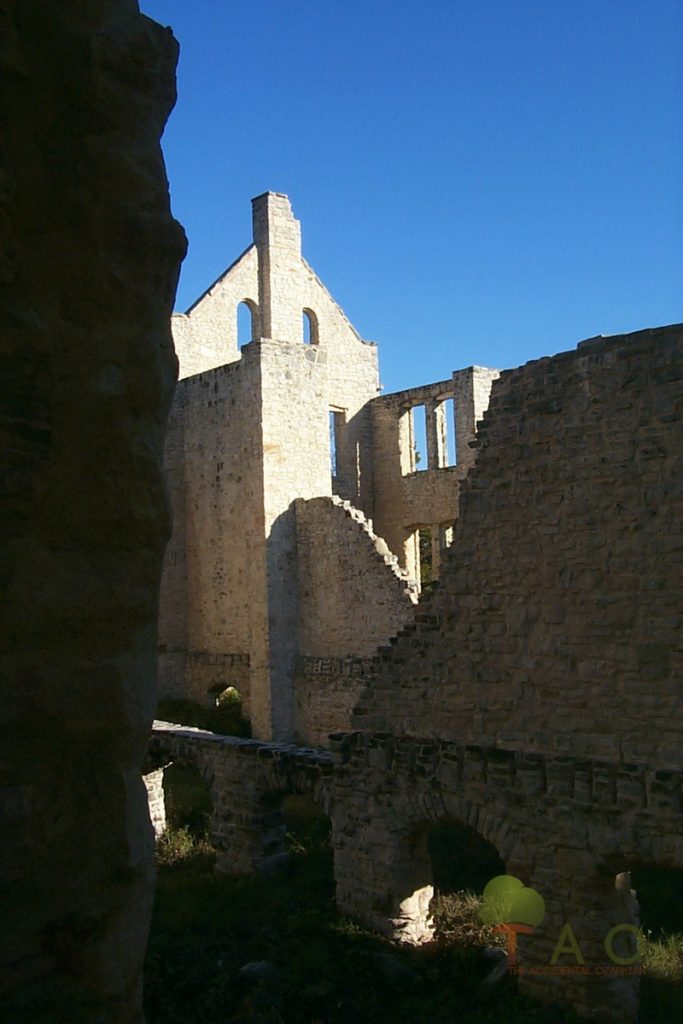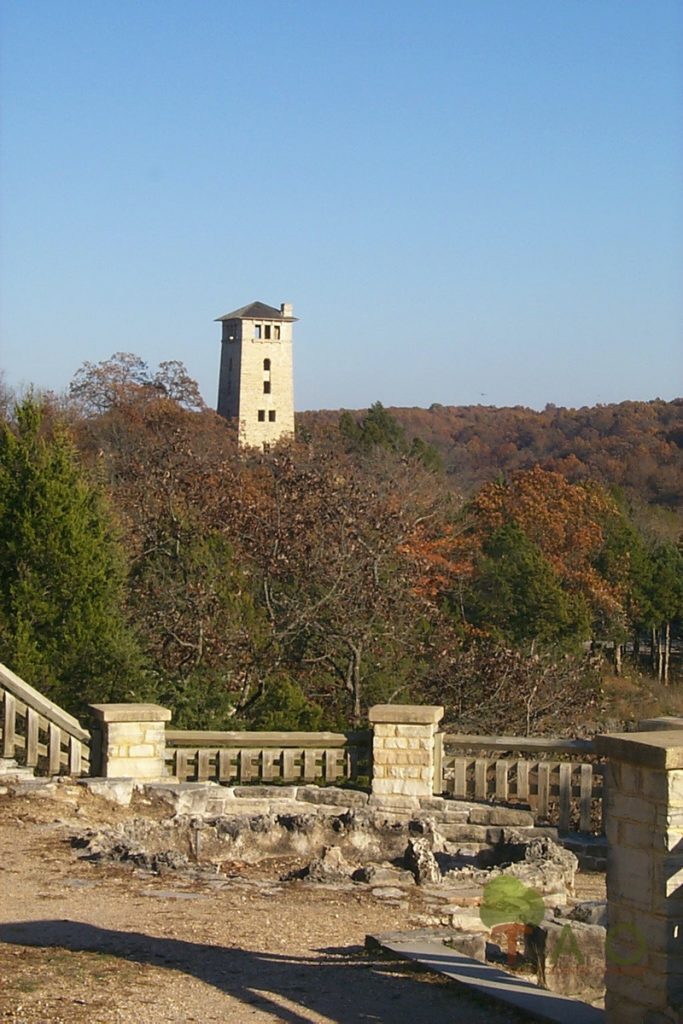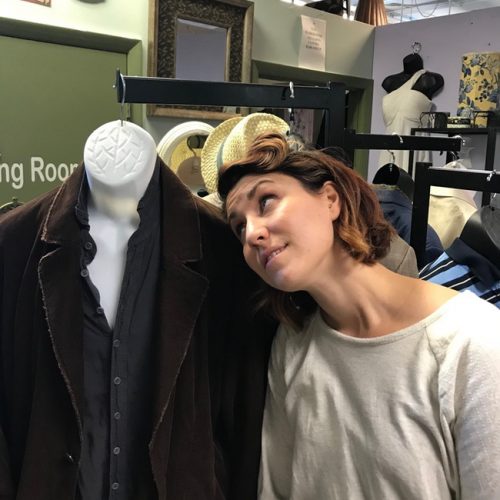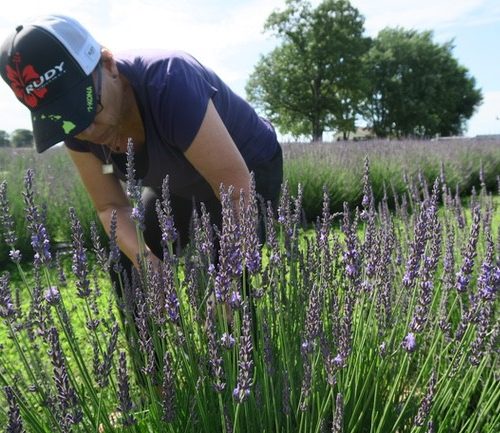I visited Ha Ha Tonka State Park, near the Lake of the Ozarks, 2 times in 3 months. First, I saw the park in early November, when the abundant maples, oaks and elms filled the paths with color. The other visit occurred in winter, on a cool, blue day – one of those days when the sky screams azure and the late afternoon light emphasizes contrasts in the pines and among the castle ruins.
During both visits I couldn’t help but think that this place, in all its splendor and glory, was never meant to be used for its original intentions, that of a private home for wealthy folks.
Instead it serves John Q. Public, offering us an opportunity to imagine wealth beyond measure, vistas beyond what the eye can see, and a glorious day trip away from the toils and troubles of our everyday lives.
History of Ha Ha Tonka
Before delighting us, though, the park harbored Osage Indians at the turn of the 19th century. Purportedly, Daniel and Nathaniel Boone spent two winters in the area at that time, too.
Supposedly Meriwether Lewis described the area in a letter, written in April 1805, to Thomas Jefferson. Rumors also say that the “Bank of Niangua,” a band of counterfeiters, hid in the area in the 1830s and that their leader operated a grist mill on the spring branch.
Perhaps one of the most famous stories is associated with the ruins of the castle that sits high atop the spring branch of the Niangua. Envisioned by its proprietor, Robert M. Snyder of Kansas City, to be his castle in the Ozarks, he commissioned work to begin in 1905. For the construction, Snyder hired Scottish stonemasons, who used rocks quarried on site for the 85-by-115 foot castle.
Greenhouses, a coachhouse and an 80-foot tall water tower were either constructed or in the early phases of development when tragedy struck. Snyder died in a traffic accident in 1906. When Snyder’s sons matured, they finished the work – but not to the scale once imagined by their illustrious father. They then tried to sell it to Missouri, always demanding a higher price than the state would pay.
In 1909, a former governor of Missouri, Herbert S. Hadley (an outdoorsman), recommended the site to be Missouri’s first state park. In 1929, Walter Williams (of the School of Journalism at the University of Missouri-Columbia) ranked the site as one of the state’s “seven beauty spots.” For the next 70 years, the state negotiated sales with whomever owned the site, but agreements could never be reached.
Finally, in 1978, Ha Ha Tonka became the state’s 61st park. But often, as in other situations in life, what’s not meant to be can be squeezed into fine lemonade.
Why it’s my fav
And this park is sweet, fresh lemonade for the body and soul. Offering not only a breathtaking view of the spring branch and the lake from high atop a 250-foot bluff, the site also offers 20 picnic areas, a visitors center, plus 15 miles of hiking trails (which we intend to explore in the springtime), that range from the casual boardwalk stroll to a more rigorous hike that requires a backpack. Overnight camping on the trail is permitted. Ruins of the coach house and the restored water tower still stand along the pathway that leads to the castle.
It also boasts the 1,000-acre Savannah Natural Area, which should be gorgeous in the springtime when the wildflowers are in bloom.
When to go?
During this time of year, the park is open from 8 a.m. to sunset daily. Visit its website for other times and special events.
At any time of the year, Ha Ha Tonka, or place of “laughing waters,” is worth the drive because it not only refreshes the soul and imagination, but also reminds us about those things in life that just aren’t meant to be.
First published in Dec. 2003.










